I never planned to cry at the Mid-South Food Bank — but that’s exactly what happened.
We were standing inside the distribution warehouse on Dudley. It’s a big, industrial space — like Costco but without price tags. While forklifts honked in the background, chief operating officer Peder Brue told me about the Food Bank’s new backpack program.
Here’s how it works: On Fridays, hungry children at Shelby County Schools are sent home with donated backpacks containing six full meals’ worth of shelf-stable, single-serve food items. On Monday, they bring the empty backpacks back to school, and the process starts all over again.
I wasn’t getting it. All right, I thought, these kids don’t have enough to eat. But why single-serve and shelf-stable? Why the runaround with the backpacks? It all sounded unnecessary — and unnecessarily expensive — to me.
Brue explained: “Yes, it’s more expensive, but the food has to be single-serve and shelf-stable because many of these kids live in homes without electricity. We give it to them in backpacks so that it isn’t obviously food and therefore doesn’t carry a stigma. The Food Bank knows from hard experience that many of these children would rather go hungry than be seen accepting charity.”
That wrecked me. Being hungry is hard enough, but can you imagine refusing food so that you won’t get picked on?
On the flipside, it’s nice to think that we can respect these kids as human beings despite the fact that they don’t have enough to eat. For me, it drives home the point that I may be a well-meaning person, but there’s a lot I don’t know.
“People talk about handouts and welfare queens,” says Food Bank CEO Estella Mayhue-Greer. “The truth is, the person we serve is the person sitting next to you at work. It’s the person in the next pew at church.
“We serve people who work,” she adds, with conviction. “We are the safety net.”
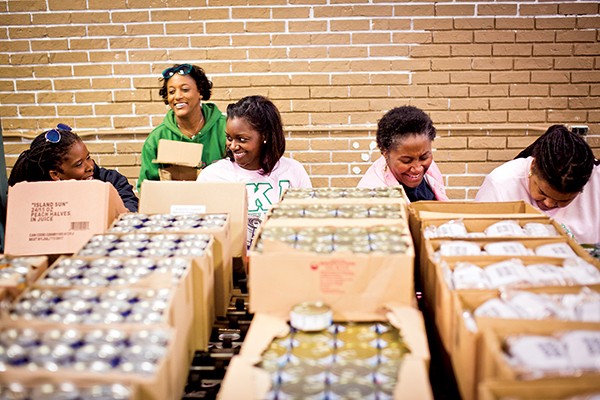 Justin Fox Burks
Justin Fox Burks
Volunteers
The Mid-South Food Bank is in the process of reinventing itself. They’re already one of the biggest food banks in the country, feeding about 220,000 people in 31 counties around Memphis. But in the coming year, they plan to grow their capacity by 35 percent and distribute an additional 6 million pounds of food.
“That may sound like hocus pocus, but we can do it,” says Brue. “All we have to do is leverage our processes and our buying power.
“We want to be the Amazon of food banks,” he continues.
Obviously, that involves securing more donations, both financial and material. It also means focusing their efforts on Memphis’ most vulnerable populations: groups like hungry children and home-bound seniors who can’t walk. For example, over the coming year, the Food Bank aims to triple the size of its backpack program, from 1,200 to 4,000 backpacks each week.
The need is certainly there. In 2010, Gallup ranked Memphis the most food-insecure major city in America, with 26 percent of residents saying that at some point in the past year, they couldn’t afford to buy food for their families. Among the city’s 77 low-income census tracts, only seven have access to a full-service supermarket.
Perhaps not coincidentally, these food deserts also suffer some of the highest rates of poverty, disease, and violence in the region.
“No one should have to go hungry,” says Mayhue-Greer. “But for me, food is also an economic development issue. Just think of all the human capital in this city that is tied up because of insufficient access to healthy food.”
I decided to try some of the food. Because the truth is, if I were a hungry senior who couldn’t walk, this would be my Thanksgiving dinner.
As you might expect, the fruit cup was awesome. Grapes, pineapples, peaches. I mean, come on, who doesn’t love a fruit cup? The canned chicken I wasn’t as crazy about. It was salty with a lot of preservatives. Where I finally hit my stride was the chili with beans. Admittedly, not the best chili I’ve ever eaten. But it had a nice beef flavor and with crumbled Ritz crackers, it was downright tasty.
Going into the holidays, I’m riding high. I get to worry about gifts and travel because my food situation is squared away. But all around me, 400,000 Mid-Southerners aren’t so lucky. This December, I’m thankful to the Mid-South Food Bank for the wake-up call. This year it’s “those people,” but next year it could be me.
 Justin Fox Burks
Justin Fox Burks 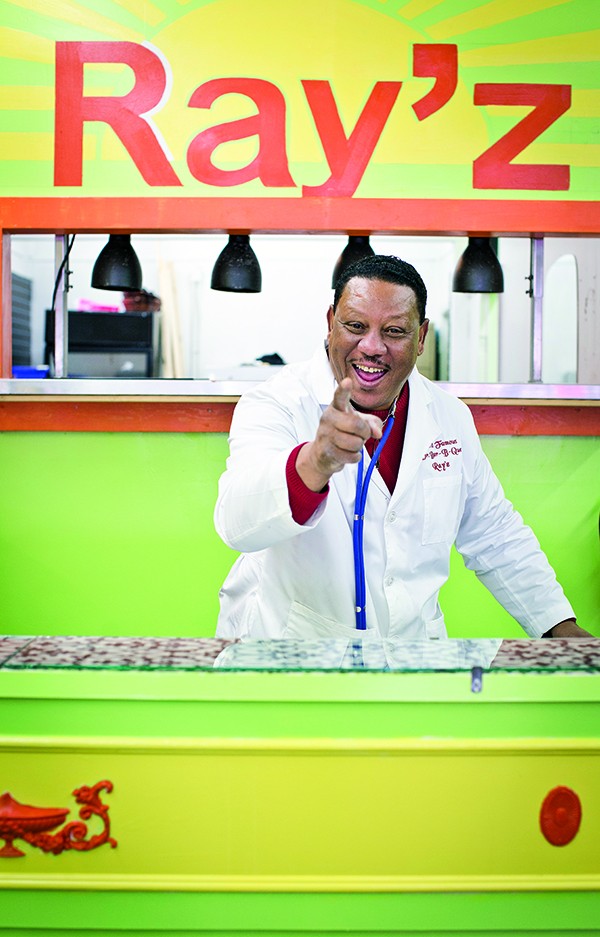 Justin Fox Burks
Justin Fox Burks 
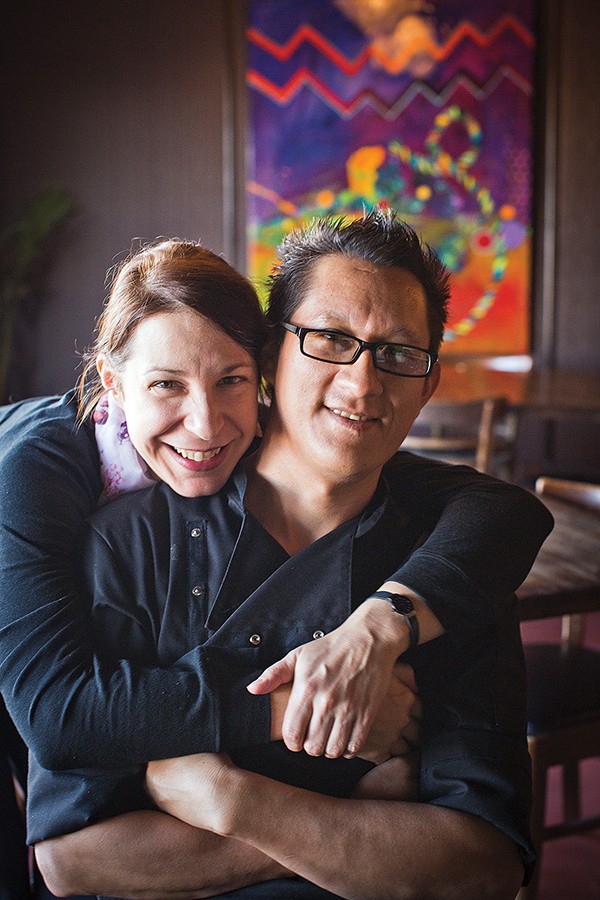 Justin Fox Burks
Justin Fox Burks  Justin Fox Burks
Justin Fox Burks  Justin Fox Burks
Justin Fox Burks 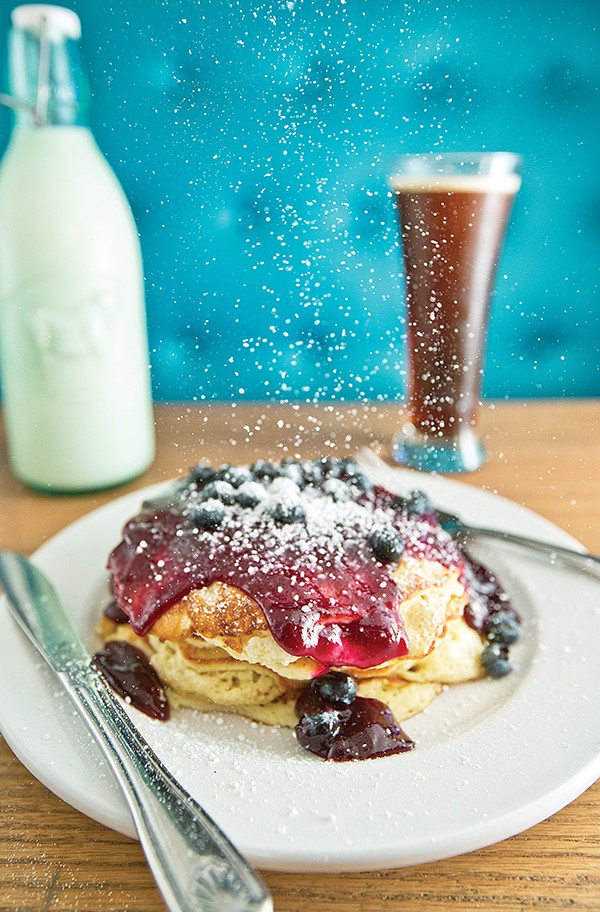 Justin Fox Burks
Justin Fox Burks 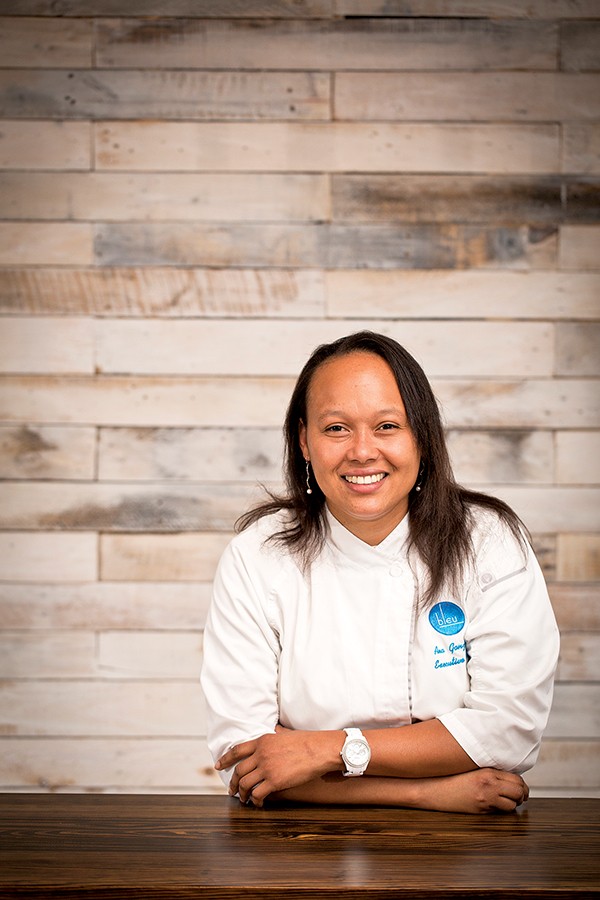 Justin Fox Burks
Justin Fox Burks 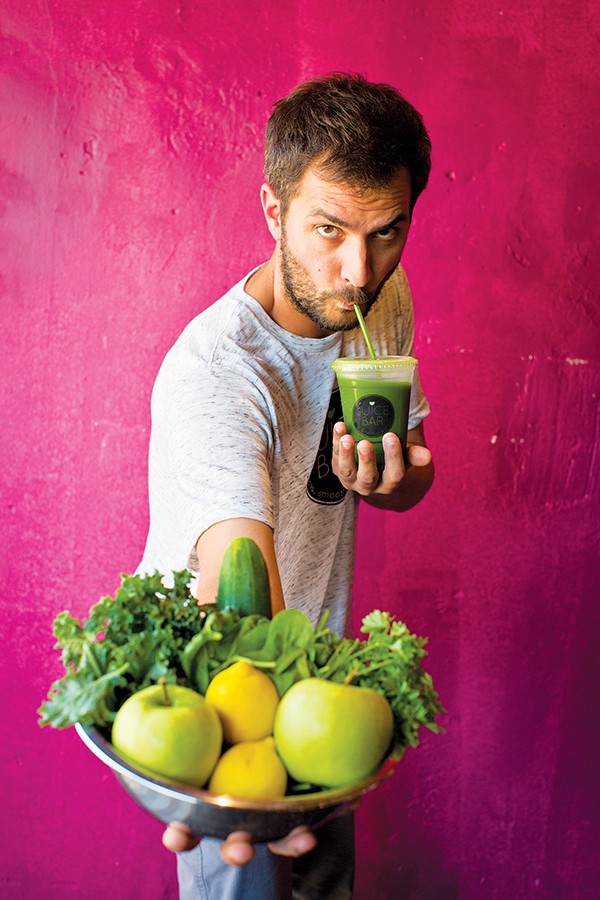 Justin Fox Burks
Justin Fox Burks 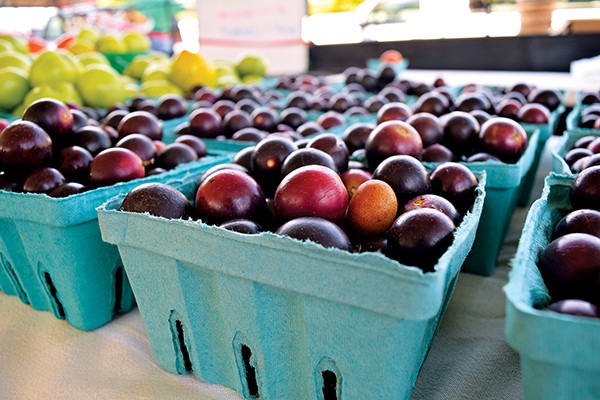 John Klyce Minervini
John Klyce Minervini 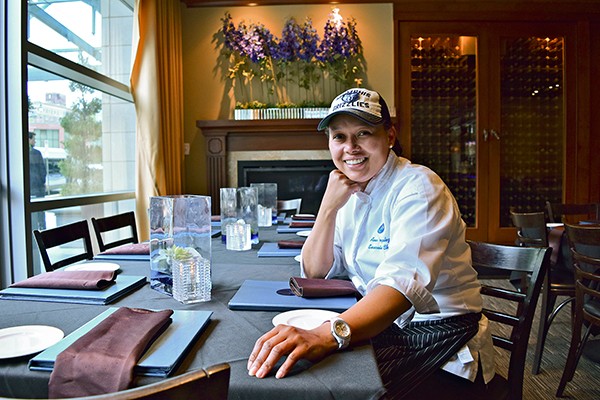 John Klyce Minervini
John Klyce Minervini 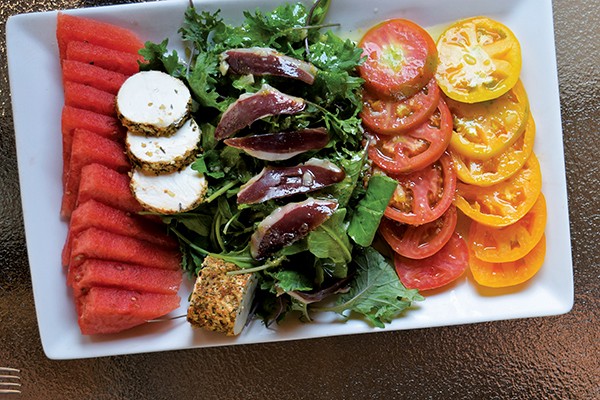 John Klyce Minervini
John Klyce Minervini 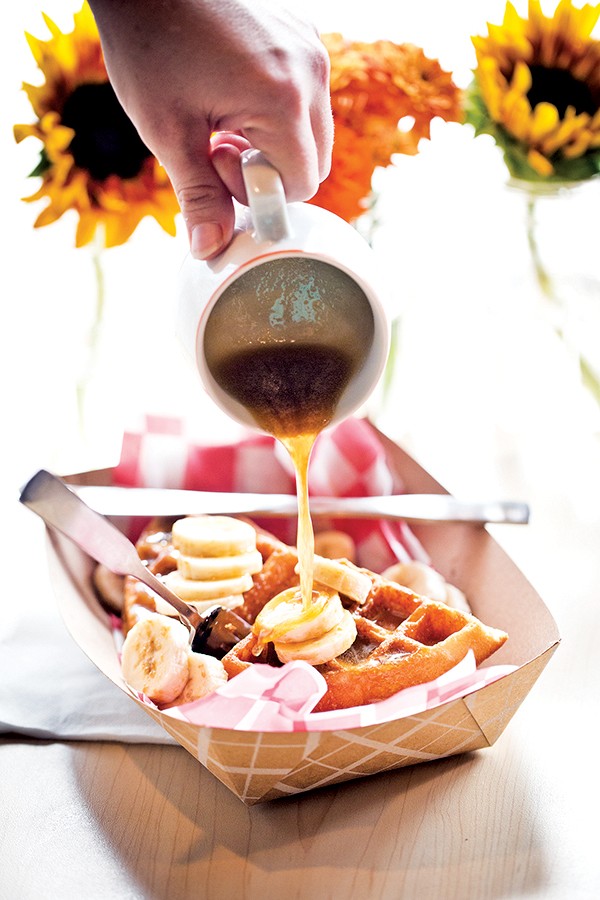 Justin Fox Burks
Justin Fox Burks